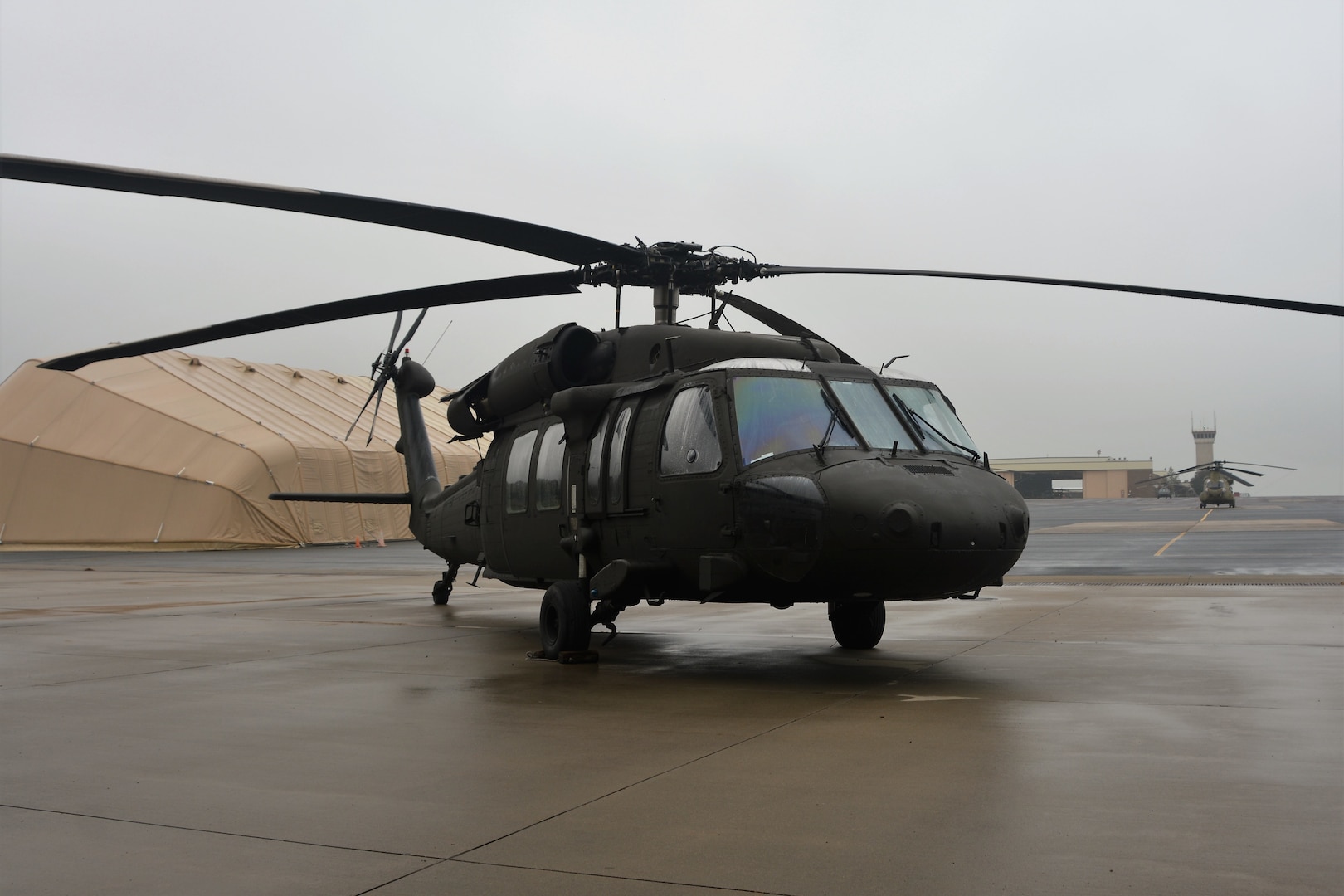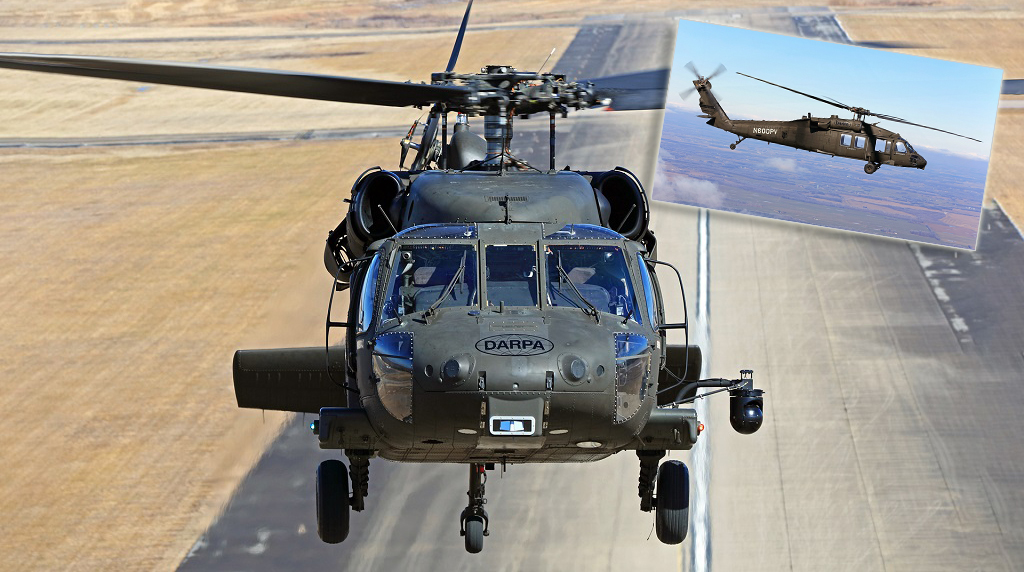The Effect of Lasting Practices on the Future of Airplane Procedures and Emissions Decrease
As the aviation sector encounters enhancing analysis over its ecological impact, the adoption of sustainable practices emerges as a vital pathway towards future aircraft procedures and emissions reduction. Advancements in lasting aeronautics fuels and improvements in hybrid propulsion technologies stand at the center of this change, promising significant reductions in greenhouse gas discharges.

Introduction of Lasting Practices
Sustainable techniques in aircraft operations encompass a range of strategies targeted at lowering ecological effect while preserving functional effectiveness. These techniques are necessary in the aviation industry's commitment to reducing its carbon impact and adhering to worldwide environmental standards. Key initiatives consist of optimizing flight paths to reduce gas consumption, boosting upkeep procedures to make certain airplane run at peak performance, and applying advanced technologies such as winglets and lightweight products that enhance the rules of aerodynamics.

Involving and training team on sustainability methods likewise play a vital duty, promoting a culture of environmental duty within organizations. In general, the assimilation of these sustainable techniques not only helps in reducing emissions yet likewise enhances the lasting viability of the air travel sector, guaranteeing it fulfills the needs of both consumers and regulatory bodies while adding to global sustainability objectives.
Cutting-edge Gas Alternatives
Various ingenious fuel alternatives are arising as essential solutions to lower the air travel sector's dependence on typical nonrenewable fuel sources. Among these options, Sustainable Air travel Gas (SAFs) have actually acquired substantial focus because of their prospective to decrease lifecycle greenhouse gas discharges by approximately 80% contrasted to conventional jet gas. SAFs are originated from various feedstocks, including waste oils, agricultural deposits, and also algae, making them a functional choice for the sector.
An additional encouraging choice is hydrogen fuel, which, when utilized in gas cells, generates just water vapor as a byproduct. Additionally, electric propulsion systems are being checked out, leveraging battery modern technology to power aircraft.
Lastly, biofuels originated from biomass are being examined, providing an eco-friendly option that can be combined with conventional gas. Jointly, these innovative gas choices represent a crucial action towards achieving a sustainable air travel ecological community, straightening with international discharges decrease targets and boosting the industry's ecological stewardship.
Technological Improvements in Aeronautics

How can technological improvements reshape the future of aviation? The integration of innovative technologies is essential in changing aircraft procedures, improving performance, and minimizing discharges. Innovations such as electric and hybrid propulsion systems go to the leading edge, encouraging significant reductions in fuel consumption and greenhouse gas emissions. These systems utilize developments in battery technology and energy administration, allowing aircraft to operate with a lower ecological footprint.
Furthermore, the implementation of advanced materials, such as light-weight composites, adds to improved the rules of aerodynamics and fuel performance. The usage of expert system and artificial intelligence in flight procedures maximizes course planning and decreases fuel melt by allowing real-time modifications based upon climate and traffic problems. Additionally, the growth of independent and from another location piloted airplane systems stands to change cargo and traveler transport, potentially enhancing effectiveness while decreasing human mistake.
Moreover, sustainable air travel modern technologies, including innovative air website traffic administration systems, can improve procedures and reduce congestion, bring about reduced emissions throughout trip. These innovations jointly stand for a standard change in aeronautics, assuring a future where sustainability and operational efficiency are linked, thus sustaining the industry's commitment to reducing its environmental influence.

Regulative Structure and Conformity
Taking into account the expanding focus on environmental stewardship within the aviation industry, the regulatory structure controling aircraft operations is advancing to promote lasting methods. Governing bodies, such as the International Civil Aeronautics Company (ICAO) and numerous nationwide aeronautics authorities, are page presenting strict guidelines focused on minimizing emissions and boosting functional efficiency.
These laws typically consist of the adoption of Lasting Aviation Gas (SAF), which has been identified as a key component in attaining lower carbon footprints. Conformity with these policies requires airline companies to implement sophisticated innovations and operational techniques, my response such as optimized flight paths and boosted air traffic monitoring, to decrease gas intake.
Furthermore, the enforcement of discharges trading systems and carbon countering efforts is ending up being increasingly common, compelling airline companies to monitor and report their discharges precisely. Non-compliance can result in considerable charges, therefore pressing drivers to prioritize sustainability in their company models.
Eventually, the evolving regulative landscape not only drives technology and financial investment in green technologies yet likewise cultivates a society of accountability within the air travel sector. As these structures proceed to establish, the focus on lasting methods will certainly be indispensable to attaining the industry's long-term ecological objectives.
Future Fads in Airplane Workflow
As the air travel industry adapts to an increasingly rigorous governing setting, future trends in airplane procedures are set to concentrate on innovative solutions that further enhance sustainability and effectiveness - uh 60. Secret growths will likely include the fostering of advanced air website traffic management systems, which make use of real-time information and expert system to maximize flight paths, minimizing fuel usage and emissions
An additional significant fad is the increased integration of lasting aviation fuels (SAFs) These choices to conventional jet fuel, originated from sustainable resources, can significantly decrease lifecycle greenhouse gas discharges. The industry's commitment to SAFs will likely speed up as airline companies collaborate with gas manufacturers to make sure schedule and cost-effectiveness.
Furthermore, the push towards electrification and crossbreed propulsion systems is gaining momentum. Arising aircraft designs will include these modern technologies, providing quieter and extra effective procedures, specifically for short-haul trips.
Final Thought
In conclusion, the combination of lasting techniques in airplane procedures holds considerable capacity for exhausts reduction and enhanced effectiveness. The adoption of lasting aviation fuels, combined with innovations in hybrid and electrical propulsion systems, is crucial for decreasing lifecycle greenhouse gas discharges. Maximizing flight paths and accepting cutting-edge useful source modern technologies add to a quieter and a lot more eco pleasant aeronautics market. Collectively, these efforts align with international sustainability objectives and pave the means for a greener future in aeronautics.
Developments in lasting aviation fuels and improvements in crossbreed propulsion innovations stand at the center of this makeover, appealing substantial reductions in greenhouse gas discharges.Countless cutting-edge gas choices are arising as pivotal solutions to reduce the aviation industry's dependence on conventional fossil fuels - uh 60. Amongst these alternatives, Lasting Air travel Gas (SAFs) have actually gotten significant focus due to their potential to decrease lifecycle greenhouse gas discharges by up to 80% contrasted to conventional jet gas.One more substantial fad is the boosted assimilation of sustainable air travel gas (SAFs) The fostering of sustainable air travel gas, paired with improvements in hybrid and electrical propulsion systems, is essential for reducing lifecycle greenhouse gas emissions